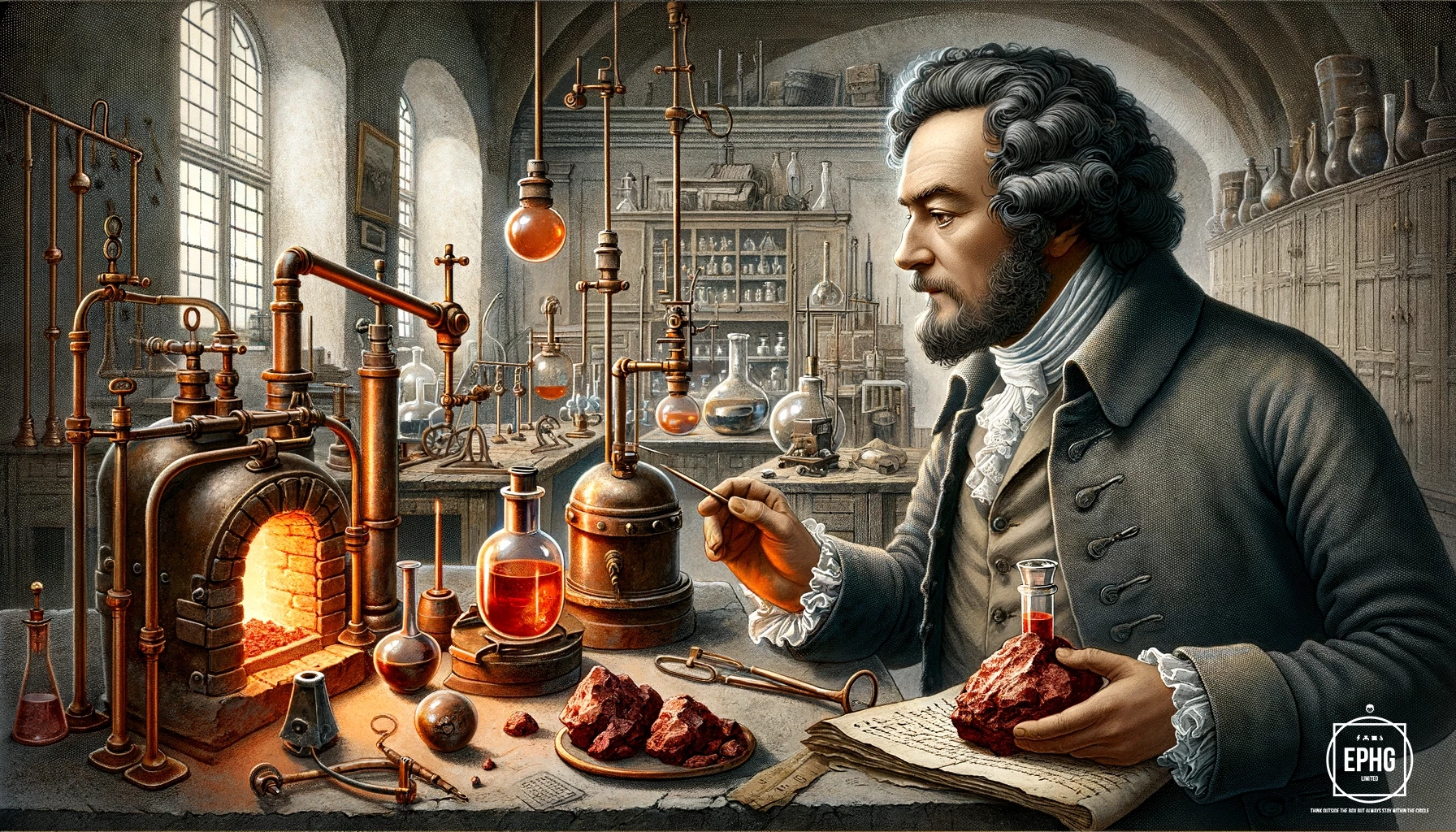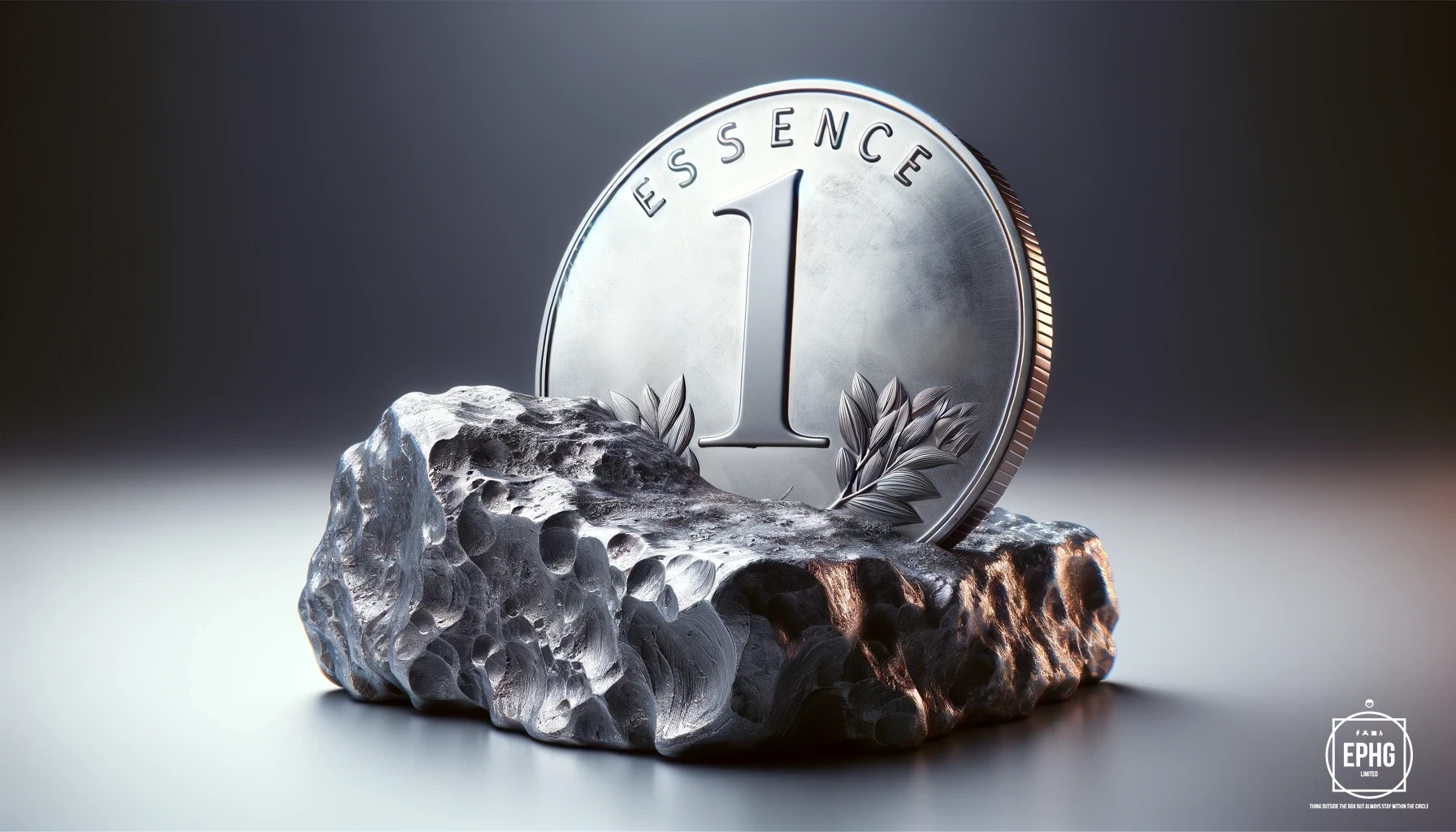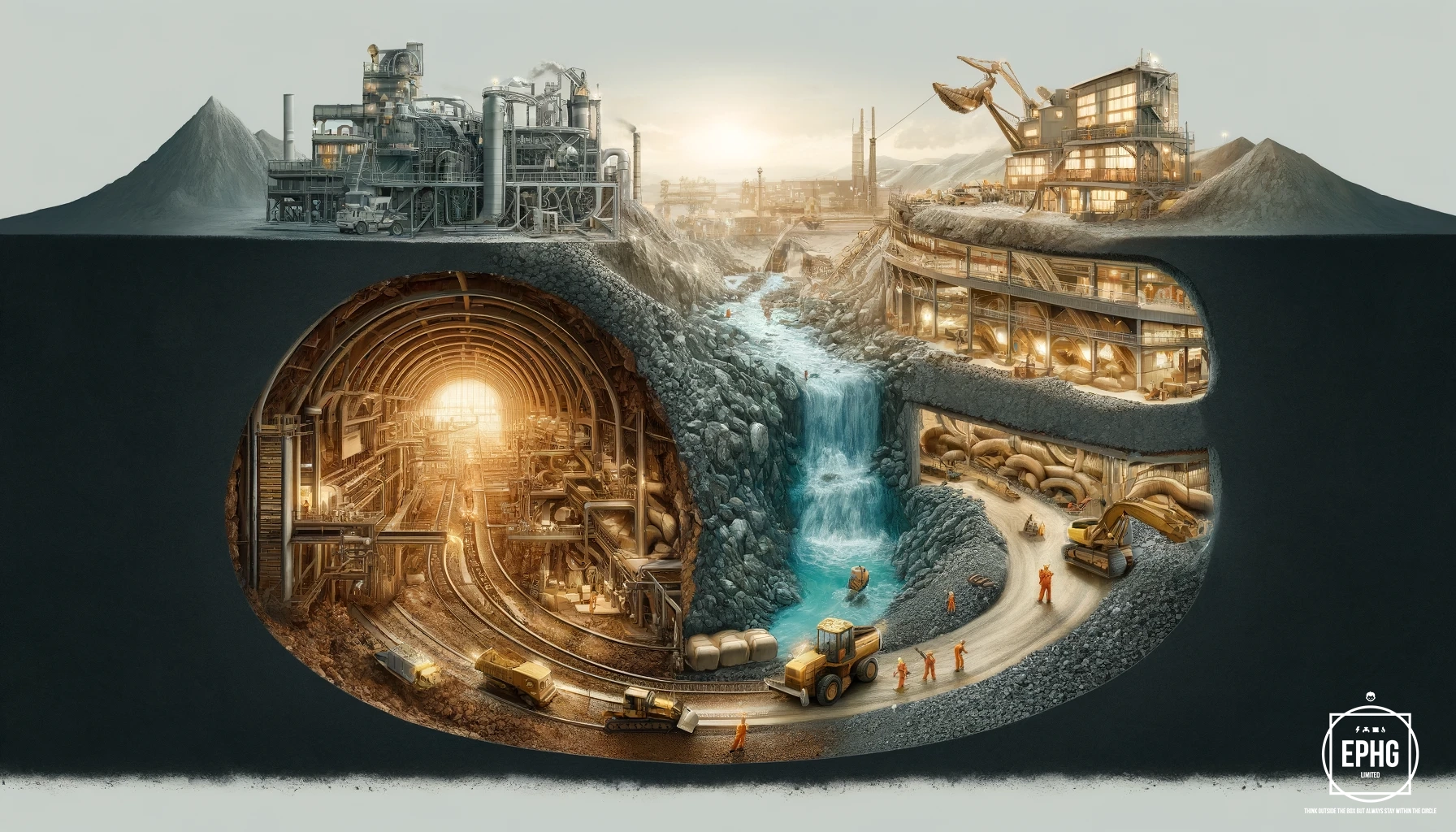The Comprehensive World of Nickel (Ni): From Discovery to Technological Marvels
Introduction to Nickel
Nickel is a silvery-white lustrous metal with a slight golden tinge that belongs to the transition metals in the periodic table. Known for its durability, malleability, and resistance to corrosion, Nickel plays a crucial role in a myriad of industrial and technological applications.
Discovery of Nickel
In 1751, Nickel was first recognized as a distinct element by the Swedish chemist Axel Fredrik Cronstedt. Initially, he mistook a sample of what is now known as niccolite—a Nickel ore—for a copper ore due to its striking reddish hue. During his experiments to extract copper, Cronstedt realized that the material did not yield copper, but rather a previously unknown metal.

Intrigued by its unique properties, he named this new metal 'Nickel', derived from the German term 'kupfernickel'. This term, meaning 'devil's copper' or 'false copper', was used by miners who were confused by the ore's copper-like color but were frustrated by their inability to extract any copper from it. Cronstedt’s discovery not only clarified the nature of niccolite but also added a new and important element to the periodic table, paving the way for its future applications in a wide array of fields.
Nickel in the Periodic Table
Located in Group 10 of the periodic table, Nickel is part of the transition metals, a group known for their ability to conduct electricity and heat. Nickel's presence in this group highlights its importance in forming alloys and its usage in various chemical reactions. To dive deeper into its position and significance, you can explore our detailed periodic table.
Scientific Significance of Pure Nickel plus the launch of Essence in 2024

Pure Nickel's versatility is evidenced by its high melting point, strength, and resistance to corrosion, making it invaluable in fields such as engineering, electronics, and more. It plays a pivotal role in the formation of countless alloys including stainless steel, which combines Nickel, chromium, and iron for enhanced durability and corrosion resistance. The upcoming 2024 essence launch could feature the '1 Essence' coin, symbolizing the innovative use of pure Nickel in modern currency, further showcasing its broad utility and economic impact.
Applications of Nickel in Technology

Nickel's properties make it indispensable in various sectors. It is a key component in the production of stainless steel, used everywhere from kitchen utensils to skyscrapers. Nickel is also pivotal in the energy sector, used in the batteries that power electric vehicles and portable devices. Furthermore, its conductive properties make it essential in creating green energy solutions, including solar panels and wind turbines.
In addition to these applications, Nickel plays a crucial role in modern computing, from laptops to smartphones. The metal's ability to endure extreme environments makes it perfect for space exploration technologies, where equipment must withstand the harsh conditions of space.
Production and Mining of Nickel
Nickel is primarily extracted from two types of ores, sulfidic and lateritic. The sulfidic ores are typically found deep underground and are processed through concentration via flotation and then smelted. Lateritic ores, which contain lower concentrations of Nickel, are more common and can be mined from the surface. They are processed via hydrometallurgical methods involving pressure acid leaching to extract the Nickel.

Major Nickel mines include:
- The Norilsk mine in Russia, which is one of the largest producers of Nickel and also produces Palladium and Copper.
- The Sudbury Basin in Canada, known for its significant production of Nickel, Copper, and Platinum.
- The Moa mine in Cuba, which produces Nickel and Cobalt.
- The Goro Nickel Plant in New Caledonia, renowned for its extensive deposits of lateritic Nickel ore. This mine is a crucial player in the global Nickel market, significantly contributing to the island's economy.
Current Uses of Nickel
Today, Nickel is extensively used in the manufacturing of stainless steel, which accounts for about 65% of all Nickel consumption. Its resistance to corrosion makes it ideal for cookware, building materials, and machinery. Nickel is also crucial in the production of batteries, especially in the rapidly growing sector of electric vehicles. Furthermore, it is used in the plating industry to protect other metals from corrosion.
Future Prospects of Nickel

The future of Nickel appears promising with several new technologies on the horizon. Its properties are being explored for use in more advanced battery technology, particularly for electric vehicles where higher energy density and efficiency are required. Nickel is also being studied for its potential role in hydrogen fuel cells and renewable energy systems. Additionally, ongoing research into alloy and composite materials could lead to more durable and heat-resistant products for aerospace and military applications.














